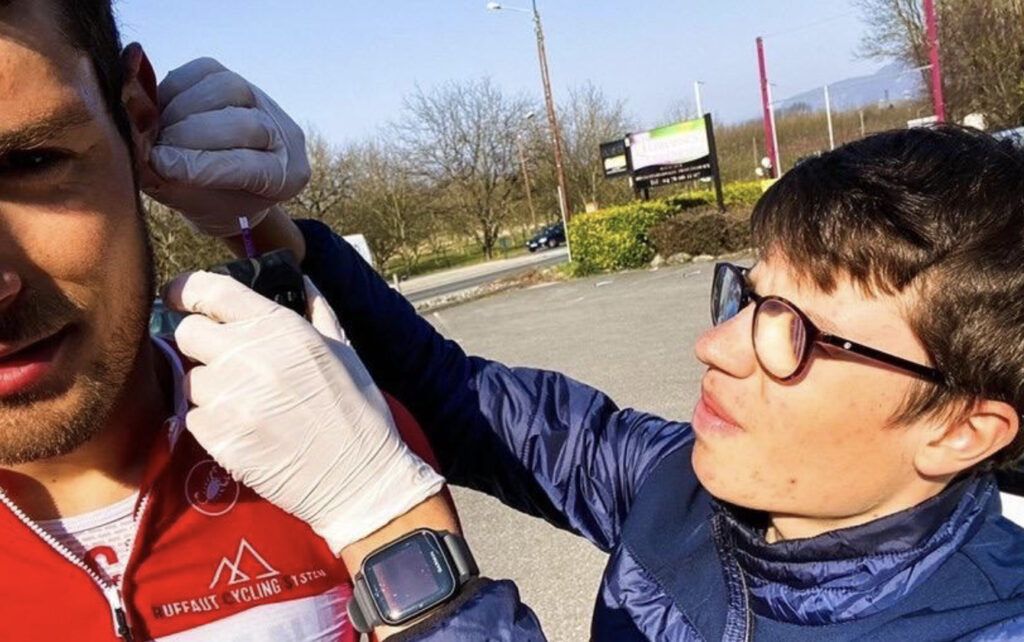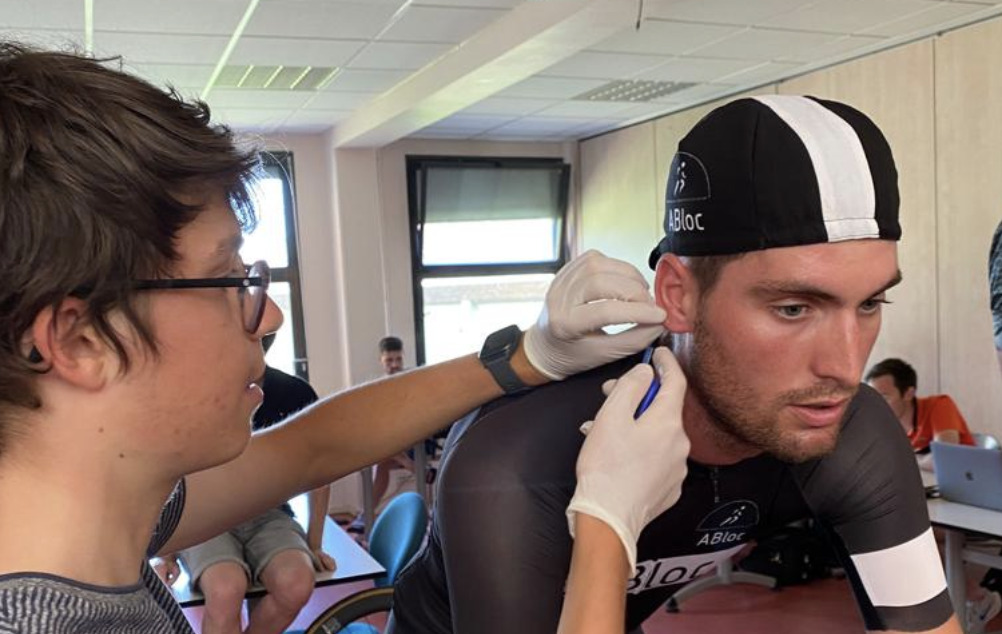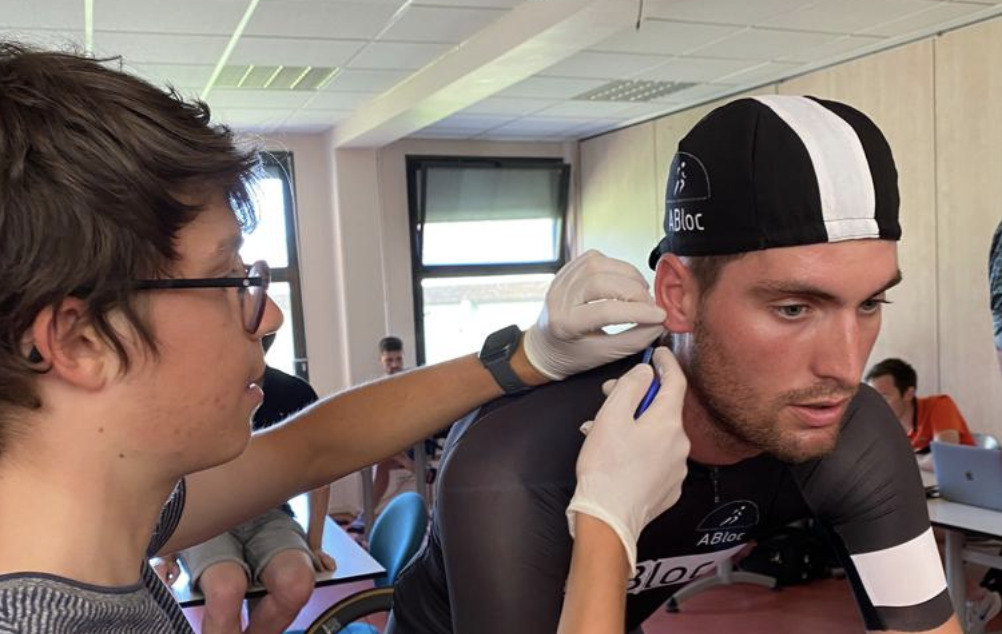In cycling, many people do 20min tests where they apply a coefficient between 0.9 and 0.95 to find their FTP (theoretically the highest sustainable power in an internal steady state). This test is often used to represent the power at the second threshold. The training zones are then based on this FTP value (eg. zone 2, 56-75% FTP).
Initially, the FTP concept is derived from studies that showed strong correlations between average power during a 60-minute time trial and the second lactate threshold (Coyle, E F et al., 1988 ; Coyle, E F et al., 1991). In theory, FTP refers to the maximum power that can be sustained for 60 minutes.

Because of the mental and physical impact of a 1-hour time trial, a 20-minute test has been proposed as an alternative, where 95% of the average power over the 20 minutes is considered as the FTP (Allen and Coggan, 2006). However, this coefficient has not been derived from research, and recently, 90% of the 20-minute power has been shown to be a better estimate of the 60-minute power (MacInnis, Martin J et al., 2018).
Compare FTP to Lactate Threshold 2
Recent studies have compared FTP to second threshold measurements via lactate, unfortunately the agreement is poor between the measurements (Borszcz, Fernando Klitzke et al., 2018 ; Klitzke Borszcz, Fernando et al., 2019 ; Inglis, Erin Calaine et al., 2019 ; Jeffries, Owen et al., 2021 ; Lillo-Beviá, José Ramón et al., 2022 ; Morgan, Paul T et al.,2019). This is not surprising given that the 20-minute FTP test is an estimate of the 60-minute average power, which in turn is an estimate of the second threshold.
Furthermore, the link between threshold 2 and average power over 60 minutes may be true at the group average level, but at the individual level, the time to task failure at threshold 2 is highly variable. Durability is a trainable and very important factor for most endurance disciplines. The best athletes have a TTF of more than 60 minutes, while beginners often have a support time of less than 45 minutes. Therefore, depending on the athlete and the coefficient applied, there can be a 20% error margin with FTP.

Finally, it appears that FTP may mask physiological adaptations in response to a training bloc (Inglis, Erin Calaine et al., 2019). This study conducted by Dr. Murias’ group showed that following a training bloc, the second lactate threshold measured by the MLSS protocol increased but the FTP derived from a 20-minute test did not.
The advantage of the lactate test over the FTP test
Since the 20-minute test requires a maximum effort and therefore a very high motivation, it is possible that the motivation factor influences the results, especially if the athlete has to do 20-minute tests after each training bloc. This is also true for MAP or critical power tests. Conversely, a lactate test does not necessarily require a maximal effort and therefore can be repeated more regularly, thus allowing reliable monitoring of physiological adaptations in response to a bloc of training. In addition, the 20-minute test can also be influenced by effort management, unlike the lactate test, which is conducted using pre-determined power outputs.

Author
Mathieu Lambert – Cyclisme Performance
Mathieu Lambert is the founder of Cyclisme Performance.
